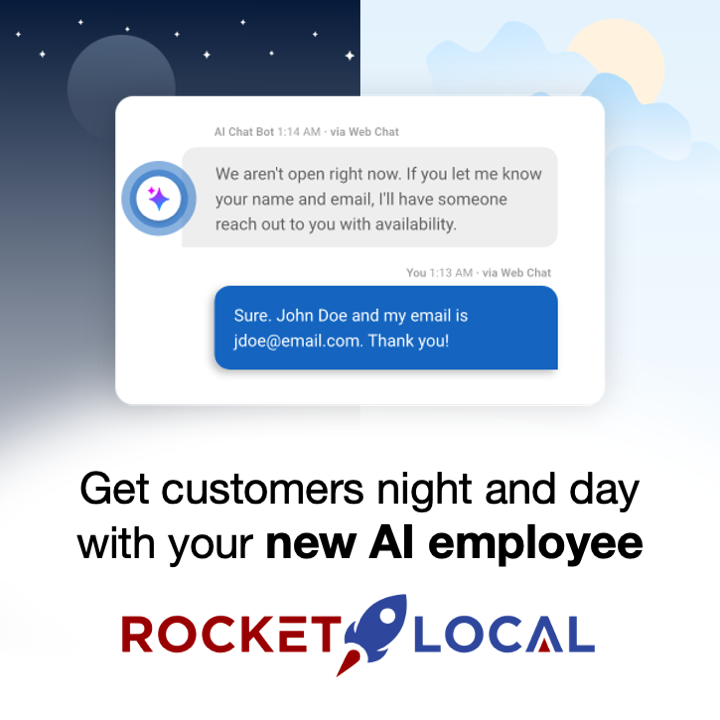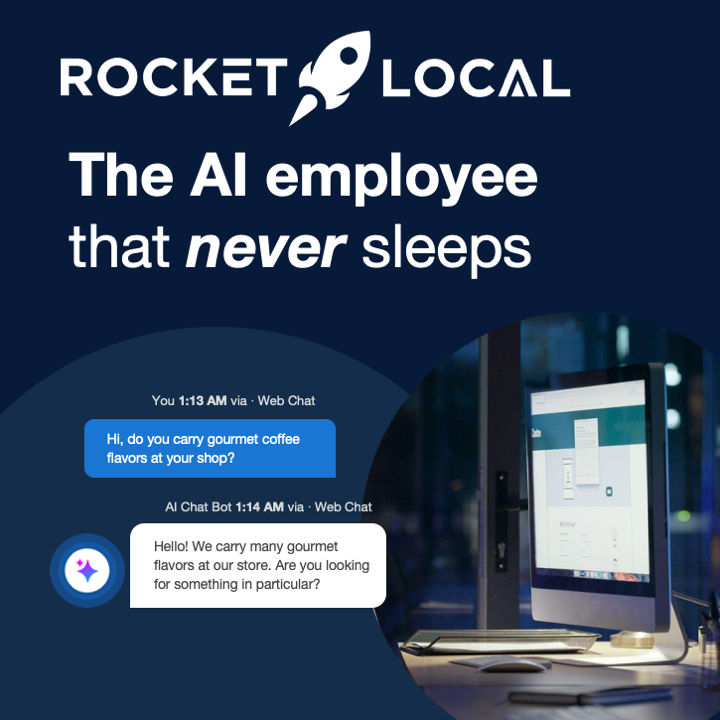As we step into 2025, marketing is evolving rapidly, and understanding what makes a marketing campaign successful is more important than ever. With the rise of artificial intelligence, changing consumer behaviors, and the need for engaging content, businesses must adapt their strategies to thrive. This article explores key elements that contribute to the success of marketing campaigns, providing insights into how to harness technology, create compelling content, and build flexible strategies that respond to market dynamics.
Key Takeaways
- Utilize AI tools to analyze data and improve targeting for better campaign outcomes.
- Focus on storytelling and visuals to create content that connects with your audience.
- Stay flexible and open to feedback to refine your marketing approach continuously.
Harnessing AI for Marketing Success
AI is making a huge splash in marketing, and honestly, it’s about time. It’s not just some buzzword anymore; it’s actually changing how we do things. Think about it: AI can help with everything from figuring out what customers want to creating content that actually grabs their attention. It’s like having a super-smart assistant who never sleeps. Let’s get into how you can use AI to seriously up your marketing game.
Understanding AI’s Role in Campaigns
Okay, so AI in marketing campaigns… what does that even mean? Basically, it’s about using AI tools to make your campaigns smarter and more effective. AI can analyze tons of data to figure out what’s working and what’s not. It can also help you personalize your messages, so they actually resonate with people. For example, AI can help with customer attraction for auto dealerships. It’s not about replacing human creativity; it’s about making it way more powerful.
Here’s a quick look at some of the top AI applications in marketing:
- Content Creation: AI can help generate blog posts, social media updates, and even email copy.
- Data Analysis: AI can sift through mountains of data to find insights you’d never spot on your own.
- Personalization: AI can tailor your messages to individual customers, making them feel seen and understood.
AI isn’t just a tool; it’s a partner. It can handle the tedious tasks, freeing you up to focus on the big picture and come up with creative ideas.
Leveraging Data for Targeted Marketing
Data is the name of the game, and AI is the ultimate player. It’s all about using data to figure out exactly who you’re trying to reach and what they care about. AI can analyze customer data to identify patterns and trends, helping you create super-targeted campaigns. Think about it: instead of blasting out generic ads to everyone, you can send personalized messages to specific groups of people. This is where you can schedule a strategy session to get started. It’s way more effective, and it saves you a ton of money in the long run.
Here’s a simple example:
| Customer Segment | AI-Identified Interest | Targeted Message |
|---|---|---|
| Young Adults | Sustainable Products | "Eco-Friendly Options for Your Active Lifestyle" |
| Parents | Family Travel | "Plan Your Next Unforgettable Family Vacation" |
| Retirees | Health & Wellness | "Stay Active and Healthy in Your Golden Years" |
By using AI to understand your audience, you can create marketing campaigns that actually speak to their needs and interests. It’s all about making a connection and building relationships.
Creating Engaging Content That Resonates
Content is still king, even in 2025. But the way we create and consume content is constantly changing. It’s not enough to just throw something out there; you need to make it good, and you need to make it relevant. Think about what your audience actually wants, not just what you want to tell them. It’s a two-way street, after all.
The Power of Visual Storytelling
People are visual creatures. Always have been, always will be. In 2025, this is even more true. Short-form video is still huge, and interactive visuals are becoming more and more popular. Think beyond just photos and videos; consider things like AR experiences and interactive infographics. It’s all about capturing attention quickly and holding it for as long as possible. Don’t forget about accessibility, though! Make sure your visuals are inclusive and can be enjoyed by everyone.
Crafting Messages for Your Audience
Generic messages don’t cut it anymore. People want to feel like you’re talking directly to them. This means understanding your audience’s needs, pain points, and desires. Use data to segment your audience and tailor your messaging accordingly. It’s not about blasting the same message to everyone; it’s about creating personalized experiences that engage your audience.
Personalization is key.
Think about how you can use AI to help you create more personalized content. It can analyze data, identify trends, and even generate content ideas. But don’t rely on it completely; you still need the human touch to make it truly engaging.
Here are some ways to craft better messages:
- Use clear and concise language.
- Focus on the benefits, not just the features.
- Tell a story that resonates with your audience.
Adapting to Market Changes
The market is always changing, and your content strategy needs to be able to keep up. This means being flexible and willing to experiment with new formats and platforms. Don’t be afraid to try new things, but always track your results so you can see what’s working and what’s not. Social media marketing insights and strategies are crucial for staying ahead of the curve.
Incorporating Feedback for Continuous Improvement
Your audience is your best source of feedback. Pay attention to what they’re saying on social media, in comments, and in surveys. Use this feedback to improve your content and make it more relevant to their needs. It’s a continuous cycle of learning and improvement. Don’t be afraid to ask for feedback directly; people are usually happy to share their opinions.
Here’s a simple table to track feedback:
| Feedback Source | Type of Feedback | Action Taken | Result |
|---|---|---|---|
| Social Media | Negative Comment | Responded | Resolved |
| Survey | Positive Suggestion | Implemented | Improved Engagement |
Building an Agile Marketing Strategy

Okay, so things change fast, right? What worked last year might be totally useless now. That’s why having an agile marketing strategy is super important. It’s all about being able to move quickly and change direction when you need to. No one wants to be stuck with a plan that’s going nowhere. Let’s get into it.
Adapting to Market Changes
The market is always moving, and your strategy needs to keep up. Think about it: new platforms pop up, trends change overnight, and suddenly everyone’s talking about something completely different. If you’re not paying attention, you’ll get left behind.
- Keep an eye on industry news.
- Follow what your competitors are doing.
- Most importantly, listen to your audience.
Being agile means you’re ready to adjust your campaigns, your messaging, and even your entire approach based on what’s happening in the world. It’s not about throwing away your plan every week, but it is about being flexible enough to make smart changes when needed.
Incorporating Feedback for Continuous Improvement
Feedback is gold. Seriously. Whether it’s from your customers, your team, or even just looking at your digital advertising metrics, you can learn a lot. Don’t just launch a campaign and forget about it.
Here’s a simple breakdown:
| Source | What to Look For |
|---|---|
| Customers | What they like, what they don’t like, suggestions |
| Team | What’s working, what’s not working, bottlenecks |
| Analytics | Where people are clicking, where they’re dropping off |
Use that feedback to make things better. Maybe your ad copy isn’t working, or your landing page is confusing. Whatever it is, fix it. And keep fixing it. That’s how you get better over time. Strategic marketing is key, and you can see the digital advertising statistics to prove it.
Creating a flexible marketing plan is key to keeping up with changes in the market. An agile strategy helps you quickly adapt to new trends and customer needs. To learn more about how to build an effective agile marketing strategy, visit our website today!
Wrapping It Up
So, there you have it! Marketing in 2025 is all about being smart, adaptable, and human. With AI and new tools at our fingertips, it’s easier than ever to connect with people. Remember, it’s not just about throwing ads out there and hoping for the best. You need to know your audience, create content that speaks to them, and keep testing what works. As we move forward, staying curious and open to change will be key. Let’s embrace the future of marketing together!
Frequently Asked Questions
What is the role of AI in marketing campaigns?
AI helps marketers analyze data, understand customer behavior, and create targeted ads. It can make campaigns more efficient and effective.
How can I create content that connects with my audience?
To connect with your audience, use stories, visuals, and messages that reflect their interests and values. Make your content relatable and engaging.
What does it mean to have an agile marketing strategy?
An agile marketing strategy means being flexible and ready to change your plans based on feedback and market trends. It helps businesses adapt quickly to new challenges.


